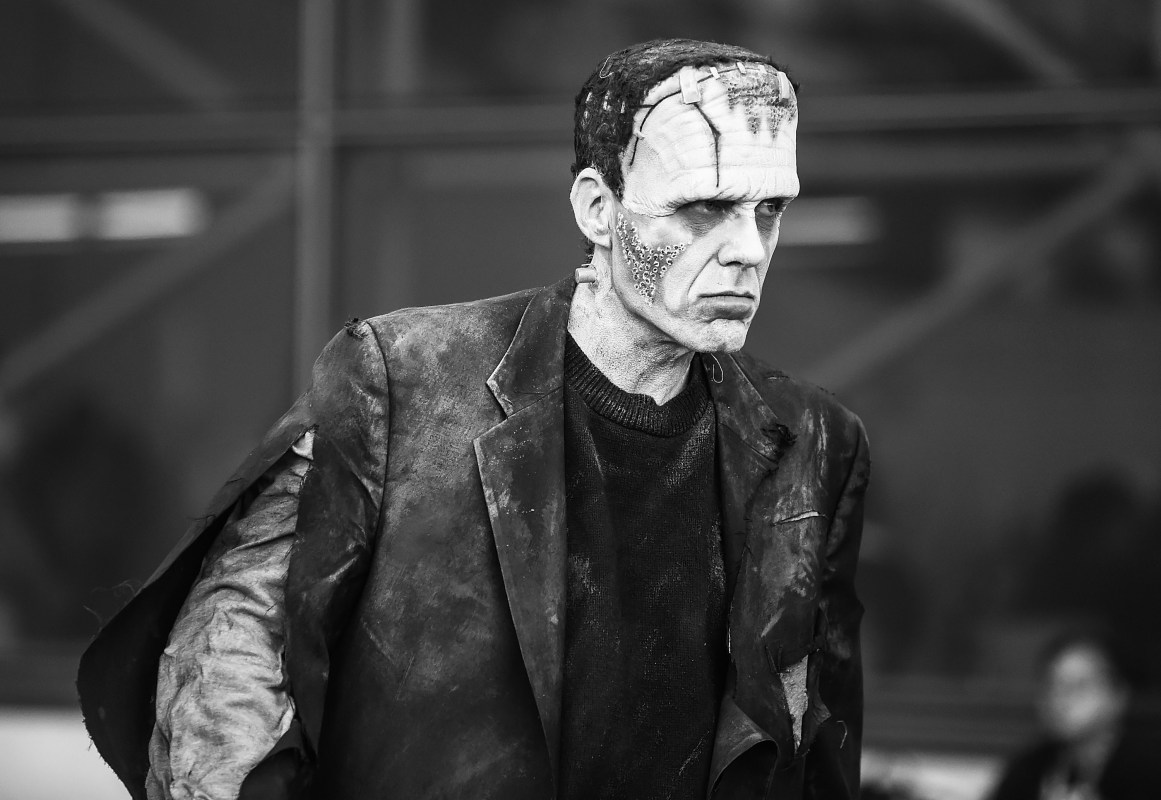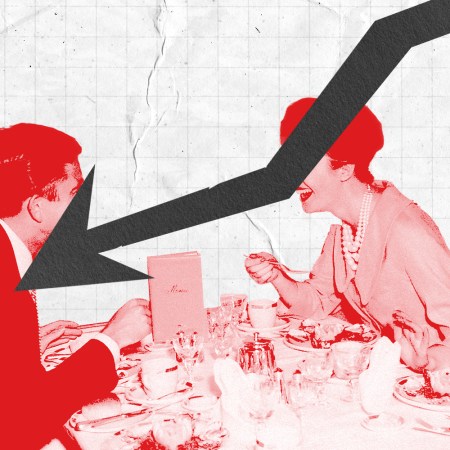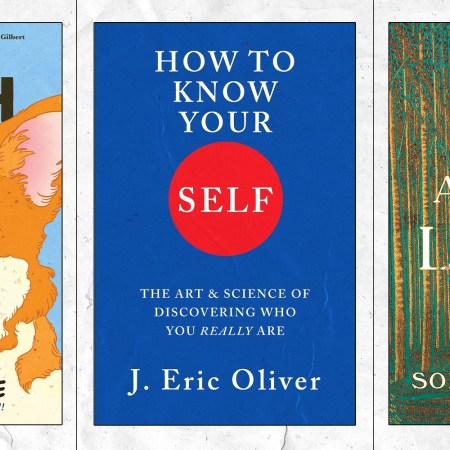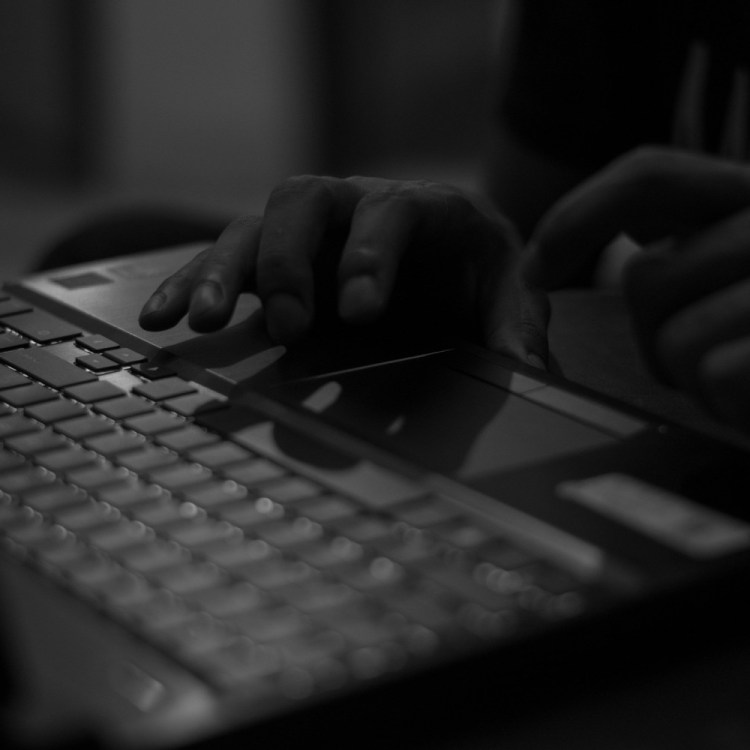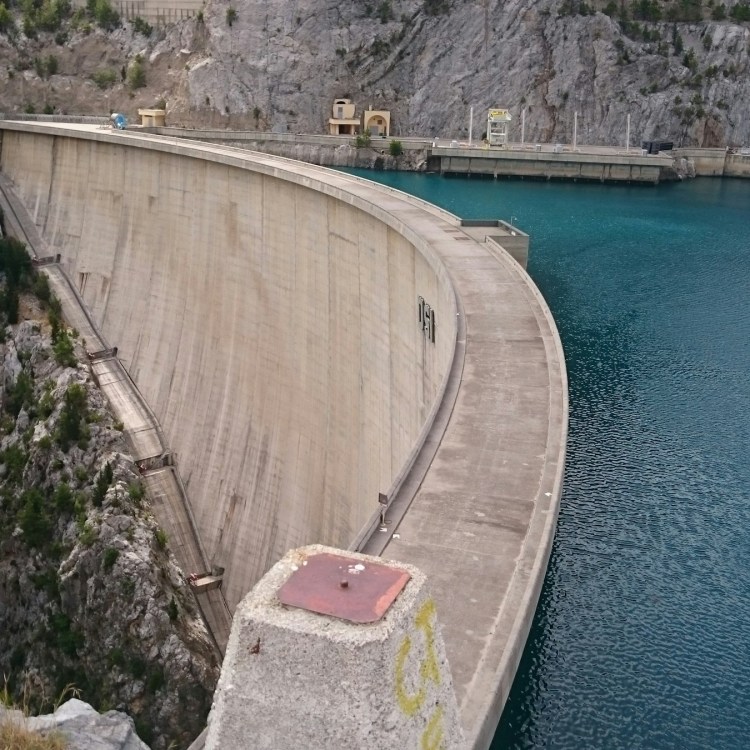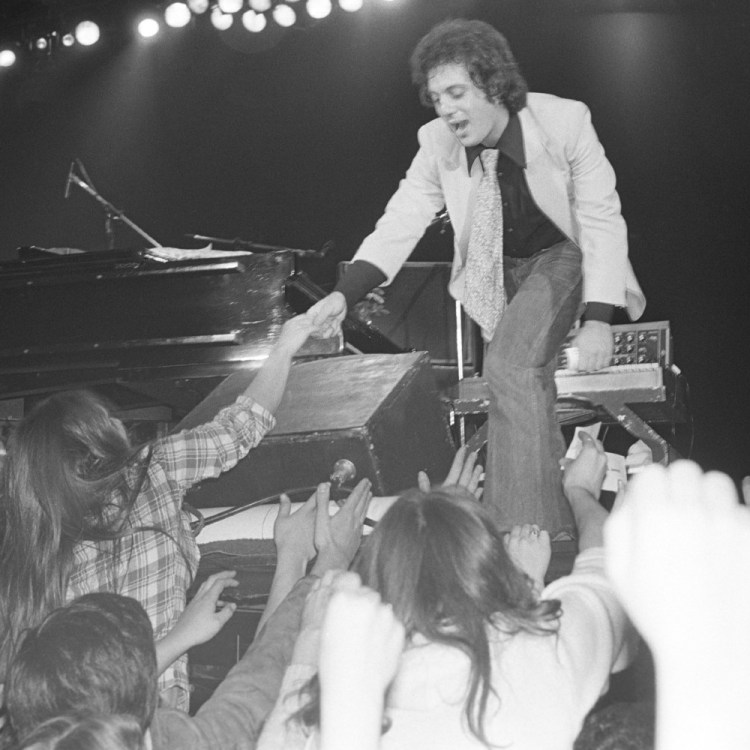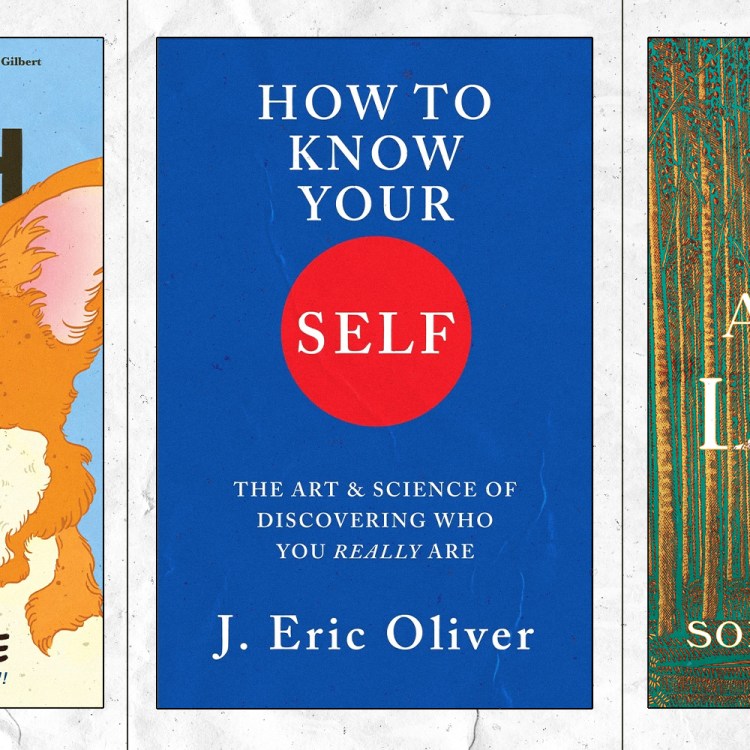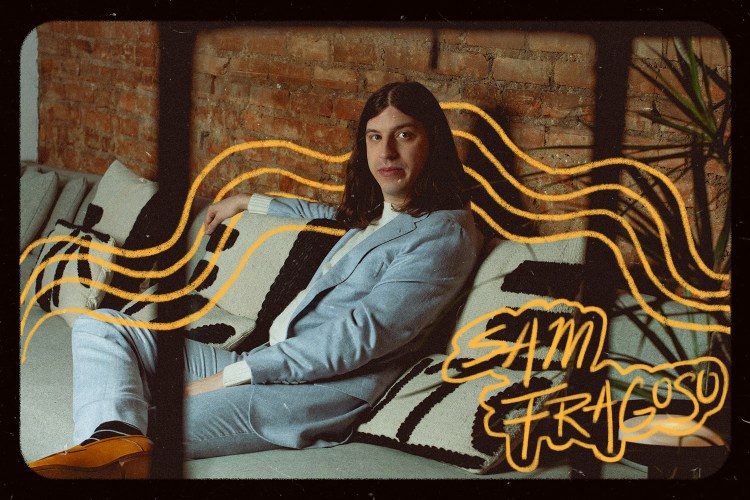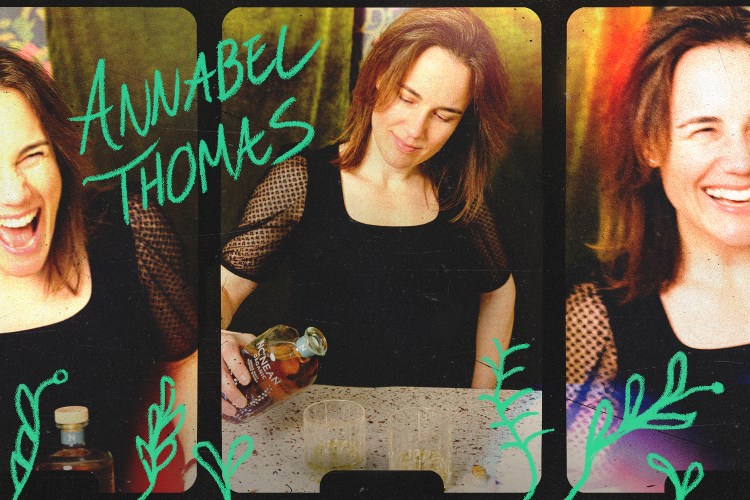Mary Shelley’s classic novel Frankenstein is just as much horror as it is art — as the monster’s creator is just as much scientist as artist.
The story was conceived by Shelley via a nightmare she had about a monster conceived of human scraps. Dr. Frankenstein was born of her mind’s creation, like the creature he then crafted and brought to life in the novel. And both have similarities, as The Guardian argues. The montage or collage that is the monstrous creation is built by pieces in steps, as is Shelly’s story, weaved together by its parts.
As grotesque as Dr. Frankenstein finds his final, eight-foot-tall product, Shelley’s graphic description in her work mirrors the artist’s method of the time. As The Guardian notes, painters like Théodore Géricault, who created a nearly 23-foot-long work of a brutal battle scene, headed to his local morgue to poke around the dead. He did so, of course, to get the bodily dimensions, shapes and sizes right; because he believed that he had to delve deep into anatomy “to paint a truly extraordinary work of art.”
Géricault’s contemporary, George Stubbs, reportedly skinned and dissected horses and hung their skins from the roof of a barn to perfect his racehorse paintings.
Thanks for reading InsideHook. Sign up for our daily newsletter and be in the know.
